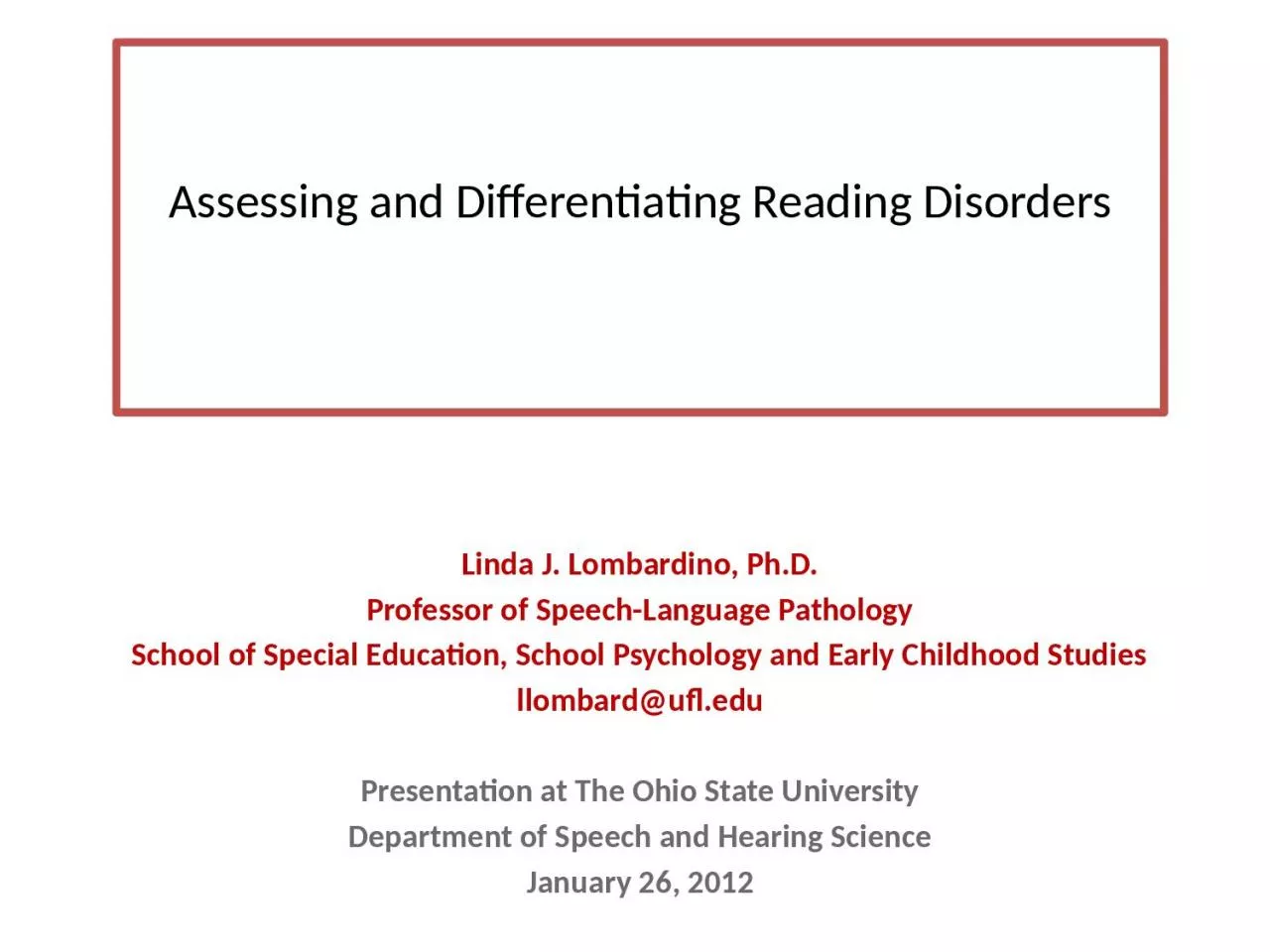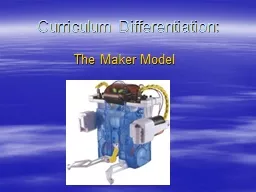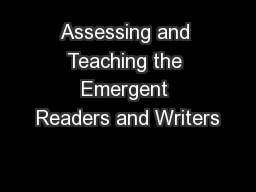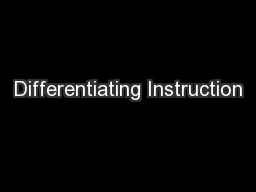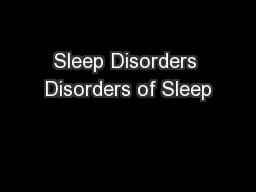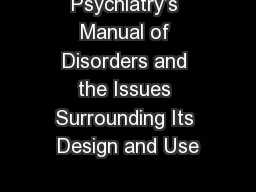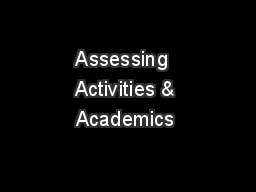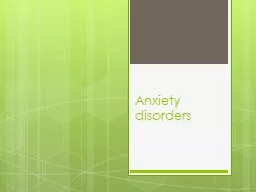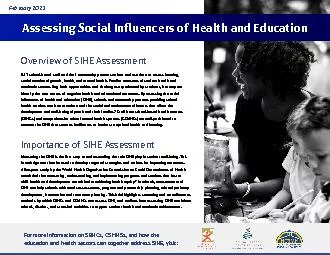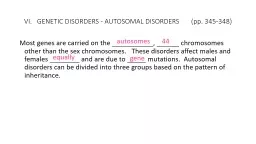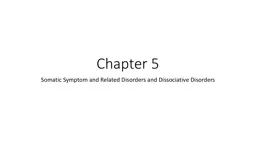PPT-Assessing and Differentiating Reading Disorders
Author : lauren | Published Date : 2024-02-09
Linda J Lombardino PhD Professor of SpeechLanguage Pathology School of Special Education School Psychology and Early Childhood Studies llombardufledu Presentation
Presentation Embed Code
Download Presentation
Download Presentation The PPT/PDF document "Assessing and Differentiating Reading Di..." is the property of its rightful owner. Permission is granted to download and print the materials on this website for personal, non-commercial use only, and to display it on your personal computer provided you do not modify the materials and that you retain all copyright notices contained in the materials. By downloading content from our website, you accept the terms of this agreement.
Assessing and Differentiating Reading Disorders: Transcript
Download Rules Of Document
"Assessing and Differentiating Reading Disorders"The content belongs to its owner. You may download and print it for personal use, without modification, and keep all copyright notices. By downloading, you agree to these terms.
Related Documents

